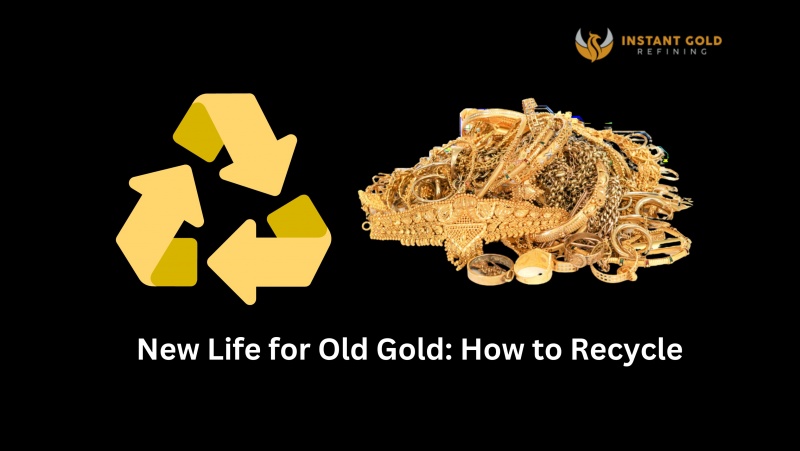Bullion’s Visual Appearance
- Check sure bullion bars and coins are the right size and form for the precious metal. Silver bars can be square or rectangular, whereas gold bars are rectangular. Unusual proportions or forms indicate a fake.
- Metal type, weight, and purity are marked on genuine bullion. Bars and coins usually have them imprinted or etched. Fake bullion may have sloppy, “off” markings. Most gold bars are 1 ounce, 10 ounces, or 100 ounces. Similar-sized silver bars. Deviations from the usual may suggest a fake.
- Coins and bars with actual bullion will have sharp corners. Counterfeit bullion may have uneven, rounded corners and obvious seams.
- Genuine gold and silver bullion shines brightly. Fake bullion is dull, uneven, and often discoloured or spotted.
Security features are one of the greatest methods to spot phony bullion coins. To prevent counterfeiting, mints add specific marks and engravings, so learn about your coin’s peculiarities. Canadian Maple Leaf coins contain micro-engraved maple leaf privy marks and radial lines on the reverse. Micro-engravings, holographic stripes, and changing inks are the most important yet toughest to duplicate.
You may recognize false bullion by inspecting its appearance. If in doubt, buy from reliable vendors like Instant Gold Refining and avoid tempting bargains.
Non-Destructive Bar/Round Testing
After physically inspecting the bullion, use some easy non-destructive procedures to establish its authenticity. These tests don’t harm the object but need simple equipment.
- Hold a powerful magnet to bullion. The magnet won’t stick or pull firmly on gold since it’s not magnetic. Silver is non-magnetic. Magnets attract iron, nickel, and cobalt alloy fakes.
- Place ice on metal. Gold conducts well and melts ice rapidly. Non-conductive metals like copper or steel used in counterfeits melt ice more slowly. Silver ice should melt quickly.
- Cheap gold and silver acid testing kits are available. Acid solutions of various strengths are included in the kits. Drop some on an inconspicuous metal spot. Gold and silver won’t react to acids, but counterfeit base metals can bubble or change colour. Caution: acids can harm certain bullion, so test carefully.
- Measure the bar or round with a thickness gauge. True bullion has an equal thickness that fits the measurements.
Real bullion certificates include clear text and photos. Touch the certificate to feel an embossed seal. Flat, printed counterfeit seals are common. Certificate paper frequently has microscopic red and blue fibres that glow when illuminated. Fake certificates lack security.
Genuine bullion is packaged well and wrapped with tamper-evident tape or stickers. Beware of fragile, broken, or resealed packaging. Avoid bullion without mint or assaying business packaging when buying online or from private vendors.






